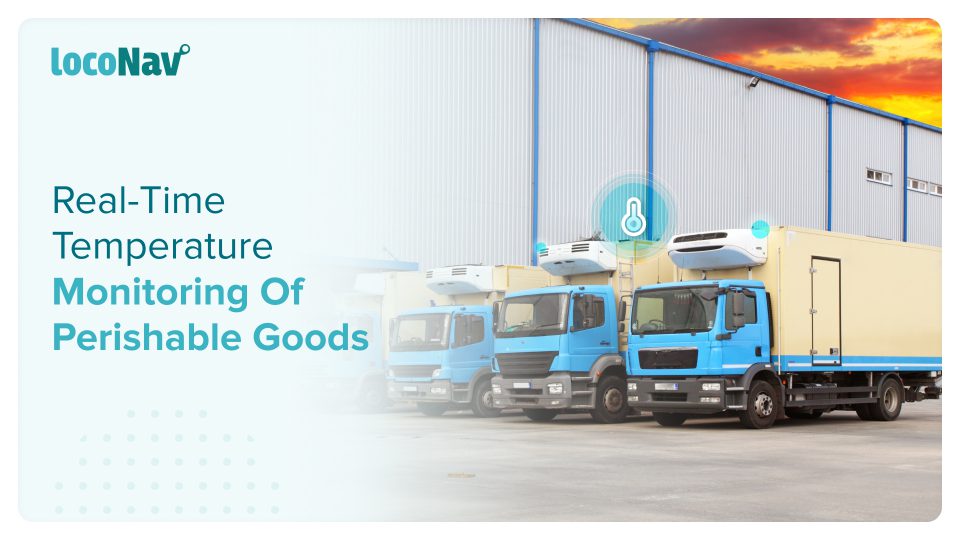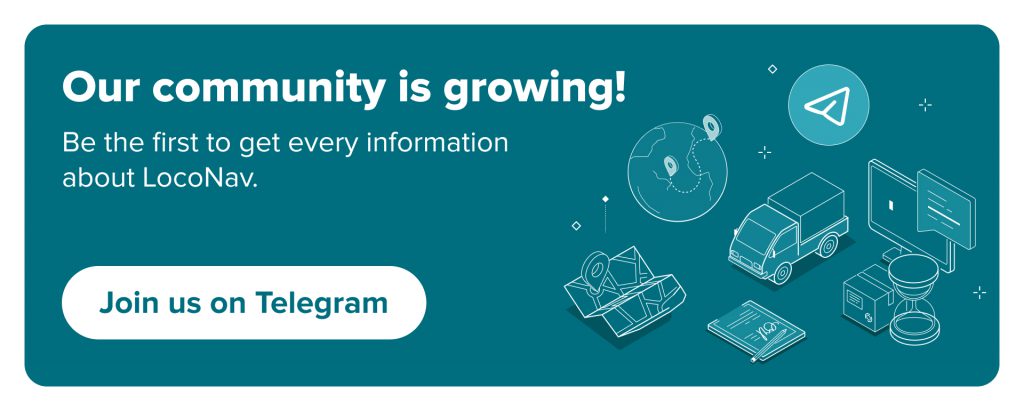

Maintaining the highest quality and safety throughout the food cold chain is critical to your success if you are a farmer or supplier of fresh or frozen perishable products. The cold chain trip is laden with potential hazards and might take days or weeks to complete, from harvesting, processing, and transportation to cold storage and distribution to grocers and restaurants.
Not only are there possibly many phases along this route, but there are also numerous elements that can decrease your product’s shelf life, degrade its quality, or make it unsafe to eat. Dairy, pharmaceuticals, meat, flowers, and all perishable items have one thing in common: they are all monitored during travel to ensure they are fresh and usable.
This is the first look at the topic at hand today: temperature monitoring systems in transportation. You’ll discover the fundamentals of a temperature monitoring system, what to look for when selecting one, and how it might address logistical issues. First, we’ll address the most fundamental question: What is temperature monitoring?
Manage your fleet efficiently with LocoNav’s Fleet Management Solutions!
What is Temperature Monitoring?
Temperature monitoring regulates and controls the temperature of a certain environment. In recent years, temperature monitoring systems have become a vital aspect of healthcare, hospitals, clinics, the food industry, and other industries.
A temperature monitoring system allows you to quickly track, control, and regulate the temperature of products in a specified environment. A temperature monitoring system ensures that temperature-sensitive products remain safe while being transported.
Why is Temperature Monitoring So Important in the Perishable Products Industry?
One of the most important instruments in the handling of perishable items is temperature control and monitoring. Here are some reasons why temperature monitoring is important in the food industry:
- All types of perishable products must be offered in high grade and quality condition to be marketed. This necessitates proper storage conditions. These circumstances include not only temperature and humidity but also room access control.
- Certain food categories’ quality deteriorates with time due to natural chemical reactions – reactions that can be reduced with lower temperatures. This can be achieved by temperature monitoring.
- Blood, stem cells, tissues, transplant organs, and various medications and vaccinations all require temperatures ranging from 2° to 8° C, and in rare cases as low as -80° C. If the proper temperature is not maintained, such products can become ineffective or even dangerous to patients.
What Challenges Does a Temperature Monitoring System Solve for Perishable Goods Business?
As businesses become more worldwide, managing cold chains for perishable food companies has gotten more complex. Here are some of the major difficulties in cold chain management that temperature monitoring can help to overcome.
- Quality Control and Product Recall
These two are interchangeable. A product recall is almost often the result of a breach in quality control systems or processes. Quality control is critical to the safe and effective manufacturing of all food and beverage goods, whether it’s neglecting to properly monitor temperatures for refrigerated conditions or perishable products during transit or a failure in cleaning protocols at a manufacturing site.
- Regulatory Compliance
Multiple rules keep all supply chain actors on their toes and force them to engage in modernization to comply, particularly regarding goods traceability and visibility. Furthermore, temperature records must be properly documented and stored.
- Spoilage
To avoid spoiling, waste and costly recalls, perishable components and finished products must be continuously tracked for location, temperature, and humidity over the whole cold chain.
Key Features to Look for in a Temperature Monitoring System
As the stakes are high, many factors should be considered in temperature monitoring systems. The following are 3 characteristics of a dependable and practical temperature monitoring system.
- User Friendliness
Your temperature monitoring solution should be straightforward, useful, and adaptable. Furthermore, it must be simple to set up, troubleshoot or debug, and fine-tune as your connection with the technology grows stronger. If your system is difficult to configure, you will waste both time and money.
Look for a temperature monitoring system that is simple to use and can be configured by non-technologists.
- Reliable Analytics
If the insights of your temperature monitoring system are untrustworthy, it might have an impact on your organisation. A false temperature alarm here and a false alert there can hurt your business, so it’s critical to ensure that your system is always working properly.
When it comes to monitoring the temperature of goods that are thousands of miles away, data is everything. A defective system can produce incorrect data, defeating the entire point of a temperature monitoring system. Invest in a dependable temperature monitoring system to get the most out of analytics.
- Specific Package Monitoring
Compact and portable shipments are frequently jeopardised. It is critical to monitor the temperatures of specific parcels that have been outside cold rooms for a longer period than the remainder of the cargo.
To ensure package-level monitoring, sensors must be included in your shipment. The hardware must be connected package and remain connected to the parent system for the containers to be easily monitored.
FAQ
How Is Temperature Monitored For Perishable Goods?
Digital electronics advancements resulted in the portable data recorder. These battery-powered devices are small enough to be placed near or among perishable cargo and log the temperature or humidity. They can be configured to make a record as often as every second or as infrequently as every hour.
What Are The Advantages Of Using Temperature Monitoring Devices?
Here are the 4 advantages of using a temperature monitoring device:
- Cost efficient
- User friendly
- Data accessible from anywhere
- Convenient for product quality
What Type Of Sensors Are Used For Monitoring Temperature?
- Contact Temperature Sensors – These temperature sensors must be in physical proximity to the object being sensed and employ conduction to monitor temperature changes. They can detect solids, liquids, or gases at a variety of temperatures.
- Non-Contact Temperature Sensors – These temperature sensors employ convection and radiation to monitor temperature changes. They can detect liquids and gases that release radiant energy as heat rises and cold sinks in convection currents, or they can detect radiant energy sent from an object in the form of infrared radiation (the sun).
